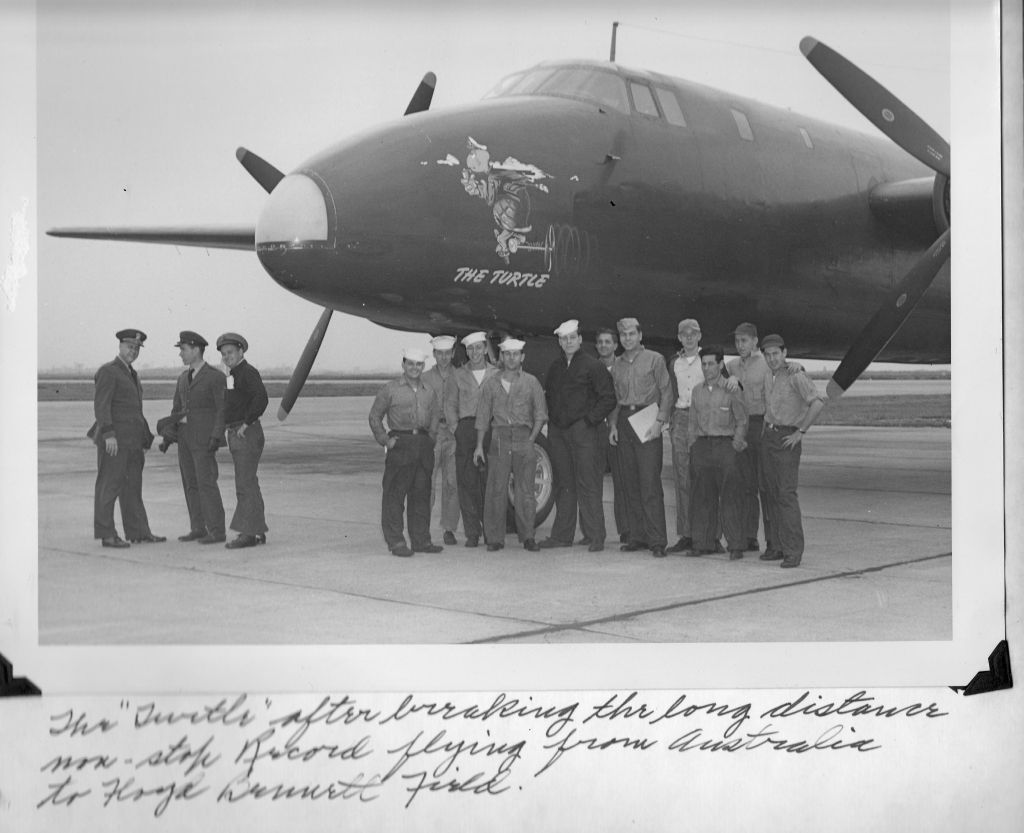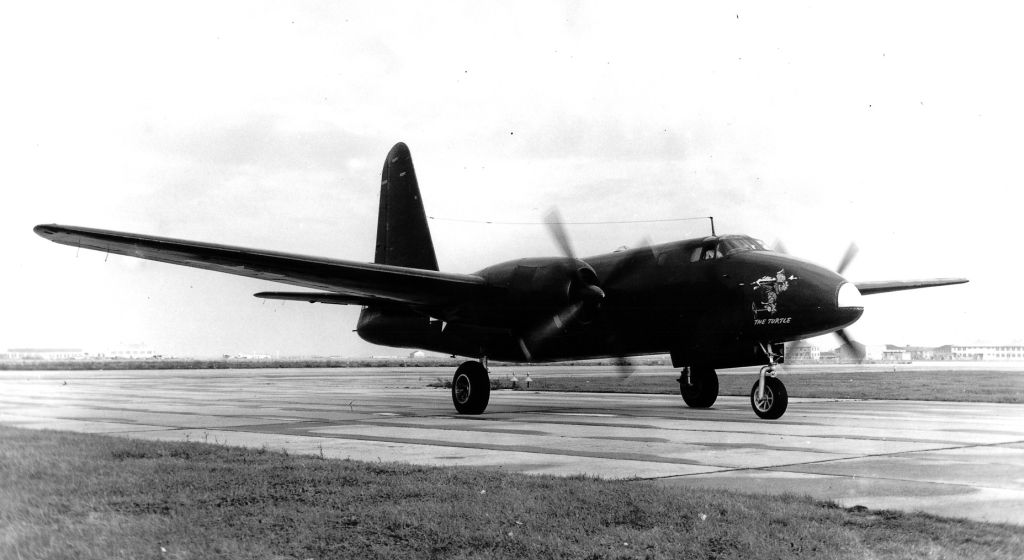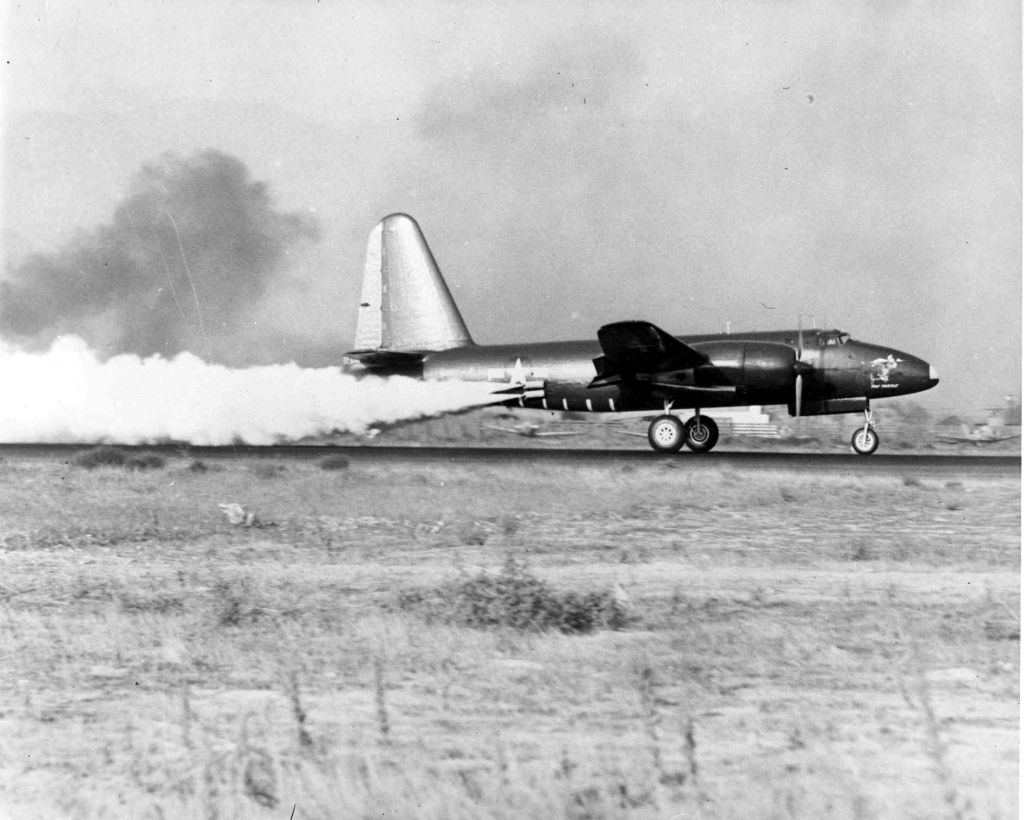Forums
- Forums
- Duggy's Reference Hangar
- USAAF / USN Library
- P2V-1 Neptune "Truculent Turtle"
P2V-1 Neptune "Truculent Turtle"
Post a reply
- Go to Previous topic
- Go to Next topic
- Go to Welcome
- Go to Introduce Yourself
- Go to General Discussion
- Go to Screenshots, Images and Videos
- Go to Off topic
- Go to Works in Progress
- Go to Skinning Tips / Tutorials
- Go to Skin Requests
- Go to IJAAF Library
- Go to Luftwaffe Library
- Go to RAF Library
- Go to USAAF / USN Library
- Go to Misc Library
- Go to The Ops Room
- Go to Made in Germany
- Go to Campaigns and Missions
- Go to Works in Progress
- Go to Juri's Air-Raid Shelter
- Go to Campaigns and Missions
- Go to Works in Progress
- Go to Skinpacks
- Go to External Projects Discussion
- Go to Books & Resources
-
12 years ago
 Main AdminIn 1946 Lockheed Aircraft Corporation delivered the first of a fourteen-plane batch of P2V-1 Neptune, which was specially modified to increase its range. Removing all armament from the aircraft and replacing the nose turret of standard P2V-1S with a more streamlined metal nose, the aircraft also boasted increased fuel capacity with the installation of additional tanks in the bomb bay and aft fuselage and provision for carrying wing tanks.
Main AdminIn 1946 Lockheed Aircraft Corporation delivered the first of a fourteen-plane batch of P2V-1 Neptune, which was specially modified to increase its range. Removing all armament from the aircraft and replacing the nose turret of standard P2V-1S with a more streamlined metal nose, the aircraft also boasted increased fuel capacity with the installation of additional tanks in the bomb bay and aft fuselage and provision for carrying wing tanks.
What prompted these modifications was a July 1946 memorandum from Chief of Naval Operations Fleet Admiral Chester W. Nimitz to the Secretary of the Navy proposing a long-range non-stop flight between Perth, Australia, and Washington D.C. for "the purpose of investigating means of extension of present patrol aircraft ranges, physiological limitations on patrol plane crew endurance, and long-range navigation by pressure pattern methods." By September the aircraft, nicknamed the "Truculent Turtle," was positioned for the flight, its crew consisting of four seasoned wartime patrol plane pilots and a baby kangaroo. Loaded with so much fuel that upon take off it lifted 268 percent of its own weight with the assistance of JATO (Jet Assisted Take Off) bottles. Encountering winds and heavy weather over the Pacific Ocean and rain, sleet, and snow over the Rocky Mountains, the Truculent Turtle consumed more fuel than anticipated and had to make a landing at Naval Air Station (NAS) Columbus, Ohio. Averaging over 200 M.P.H. during the flight, the aircraft traveled 11,235 miles in a time of 55 hours, 17 minutes without refueling. It took a jet-powered B-52H Stratofortress bomber to break this record, which stood until 1962.
Eventually placed in storage and ultimately displayed at NAS Norfolk, Virginia, the historic aircraft was placed under the auspices of the Smithsonian National Air and Space Museum and eventually shipped to Pensacola by barge in 1977. Displayed for the next 13 years as an incoming loan from the Smithsonian, ownership of the "Truculent Turtle" was transferred to the National Museum of Naval Aviation in 1990. It is currently on outdoor display.
In production, the Neptune was an impressive platform in size and capability. It grossed out at some 61,000 lb., was powered by two 2,300 hp Wright engines that allowed for a maximum speed of 303 M.P.H., and possessed three .50 caliber machine gun turrets (later converted to 20mm cannon), an enclosed bomb-bay capable of carrying two torpedoes or twelve depth charges, and provisions for sixteen under wing rockets.
Delivered to the fleet in March 1947, P2Vs equipped patrol squadrons during the Korean War, flying railroad interdiction and spotting naval gunfire in addition to their maritime patrol duties. All told, Neptune-equipped squadrons logged thirteen combat tours during the Korean War. In addition, some modified P2Vs were cast as lead players in the Navy's nuclear arsenal, equipping Composite Squadrons (VC) 5 and 6 and operating from carriers as naval aviation's first atomic bombers. The aircraft's capabilities in this role were dramatically demonstrated in 1949 when three P2Vs launched from an aircraft carrier off the Virginia coast with 10,000 lb. of dummy bombs onboard, flew across the continent to the west coast, dropped their bombs, and returned non-stop to Naval Air Station Patuxent River, Maryland.
The final version of the venerable P2V/P-2 Neptune produced by Lockheed, the SP-2H featured under wing jet pods for added power and carried the most sophisticated antisubmarine warfare detection equipment of its day, namely the Jezebel and Julie sonar systems. First flown in 1954, these advanced versions of the Neptune not only played cat and mouse with Soviet submarines, but also participated in mine surveillance and support of operations in the Antarctic. During the Vietnam War Navy patrol squadrons equipped with the SP-2H were heavily involved in support of Operation Market Time, the surveillance and interdiction of waterborne craft in an effort to stem the flow of supplies into South Vietnam. In addition, some SP-2Hs were modified to the OP-2H configuration that carried a Trails and Roads Interdiction Multisensor (TRIM) package. These aircraft equipped Heavy Attack Squadron (VAH) 21, which conducted night interdiction missions over the Mekong Delta.
The SP-2H made its last antisubmarine warfare flight on 20 February 1970. Co-pilot for the flight was Rear Admiral Tom Davies, pilot on the 1946 record-setting flight of the "Truculent Turtle." Following the flight it joined others in service as utility aircraft in Naval Reserve Squadrons.
Specifications
Manufacturer: Lockheed Aircraft Corporation
Dimensions: Length: 75 ft., 4 in.; Height: 28 ft., 6 in.; Wingspan: 100 ft.
Weights: Empty: 33,720 lb.; Gross: 61,153 lb.
Power Plant: Two 2,300 horsepower Wright R-3350-8 engines
Performance: Maximum Speed: 303 M.P.H. at 15,300 ft.; Service Ceiling: 27,000 ft.; Range: 4,110 miles
Armament: Sic 50-in. machine guns, torpedoes and depth charges
Crew: Thirteen



Regards Duggy
Post a reply
- Go to Previous topic
- Go to Next topic
- Go to Welcome
- Go to Introduce Yourself
- Go to General Discussion
- Go to Screenshots, Images and Videos
- Go to Off topic
- Go to Works in Progress
- Go to Skinning Tips / Tutorials
- Go to Skin Requests
- Go to IJAAF Library
- Go to Luftwaffe Library
- Go to RAF Library
- Go to USAAF / USN Library
- Go to Misc Library
- Go to The Ops Room
- Go to Made in Germany
- Go to Campaigns and Missions
- Go to Works in Progress
- Go to Juri's Air-Raid Shelter
- Go to Campaigns and Missions
- Go to Works in Progress
- Go to Skinpacks
- Go to External Projects Discussion
- Go to Books & Resources
